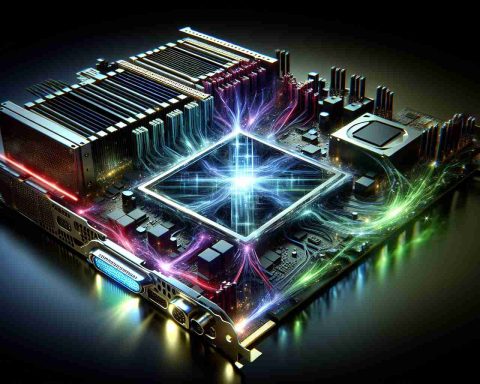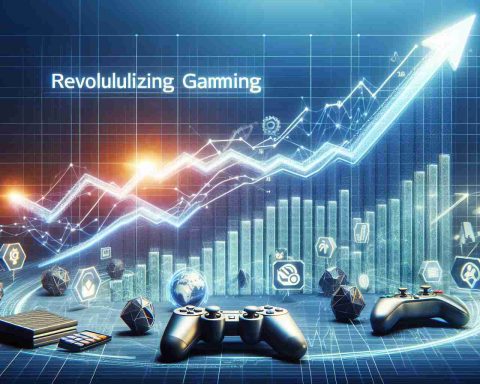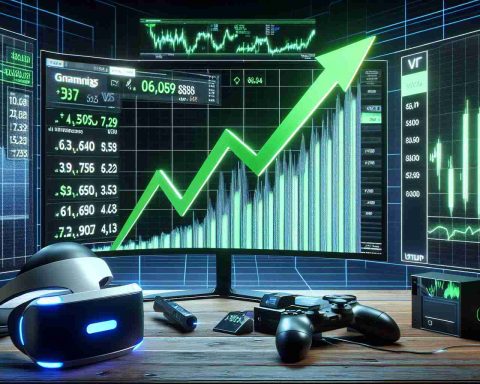A recent study conducted by researchers at the University of Toronto reveals that the use of virtual and augmented reality (VR and AR) can have a significant impact on how people perceive and interact with the real world. The findings of this study have potential implications for various industries that utilize these technologies for training purposes.
The study, published in the journal Scientific Reports, observed that individuals moved differently in VR and AR, leading to temporary errors in real-world movement. Participants who used VR tended to undershoot their targets by not reaching far enough, whereas those who used AR tended to overshoot their targets by reaching too far. However, these effects gradually disappeared as individuals adapted back to real-world conditions.
One surprising finding was that movement patterns in VR and AR directly influenced real-world movements. Additionally, the effects of AR wore off quicker compared to VR, with participants readjusting to real-world conditions faster after using AR.
According to Xiaoye Michael Wang, a research associate in the Faculty of Kinesiology & Physical Education involved in the study, the underlying difference could be attributed to the fact that individuals in AR can still see and interact with their actual surroundings, allowing them to maintain a more accurate perception of depth and distance.
The limitations and effects of VR and AR on real-world performance are essential to consider as these technologies continue to be adopted in various industries and training programs. This knowledge can be particularly relevant for professions such as surgeons, pilots, and drivers who use these technologies for skill development. Understanding how VR and AR impact real-world movement ensures their effective and safe utilization.
As VR and AR continue to advance, further research is needed to explore their long-term effects on individuals’ perception and performance in the real world. By gaining a comprehensive understanding of the impact of these technologies, researchers can guide the development of effective training programs and improve user experiences in virtual and augmented environments.
Additional facts:
1. VR and AR technologies have increasingly been used in fields such as healthcare, manufacturing, education, and entertainment.
2. VR immerses users in a completely virtual environment, while AR overlays digital information onto the real world.
3. The use of VR and AR can enhance training by providing realistic simulations and interactive learning experiences.
4. Companies like Oculus (owned by Facebook), HTC, Microsoft, and Google have developed VR and AR devices and platforms.
5. VR and AR applications are not limited to visual experiences, but can also incorporate other senses like touch and sound.
Most important questions and their answers:
1. How do virtual and augmented reality impact real-world movement?
– The use of VR and AR can lead to temporary errors in real-world movement, with individuals in VR undershooting their targets and those in AR overshooting their targets.
2. Why do these effects occur?
– The differences in movement patterns may be attributed to the fact that individuals in AR can still see and interact with their actual surroundings, allowing them to maintain a more accurate perception of depth and distance.
3. Are the effects of AR and VR long-lasting?
– The effects of AR tend to wear off quicker compared to VR, with participants readjusting to real-world conditions faster after using AR.
Key challenges or controversies:
1. Discrepancies between VR and AR movement patterns could pose challenges for industries relying on precise real-world movements, such as surgery or driving.
2. Ensuring the safety and effectiveness of VR and AR training programs requires a comprehensive understanding of their impact on real-world movement.
3. Further research is needed to explore the long-term effects of VR and AR on individuals’ perception and performance in real-world settings.
Advantages of VR and AR:
1. Enhanced training experiences: VR and AR provide realistic simulations and interactive learning experiences.
2. Improved skill development: Individuals can practice and refine their skills in a controlled virtual environment.
3. Increased engagement and motivation: The immersive nature of VR and AR can enhance engagement and motivation in the learning process.
4. Cost-effective training: VR and AR can reduce the costs associated with traditional training methods, such as equipment or travel expenses.
Disadvantages of VR and AR:
1. Physical and psychological side effects: Extended use of VR, in particular, can cause motion sickness, eye strain, and disorientation.
2. Limited sense of touch: VR and AR technologies have not fully replicated the sense of touch, which may limit certain training experiences.
3. Technical limitations: VR and AR devices may require powerful hardware and may have limitations in terms of resolution and field of view.
Suggested related links:
– Oculus
– HTC Vive
– Microsoft HoloLens
– Google ARCore

















